1. The Hole in Your Pasta Spoon Measures a Single Serving
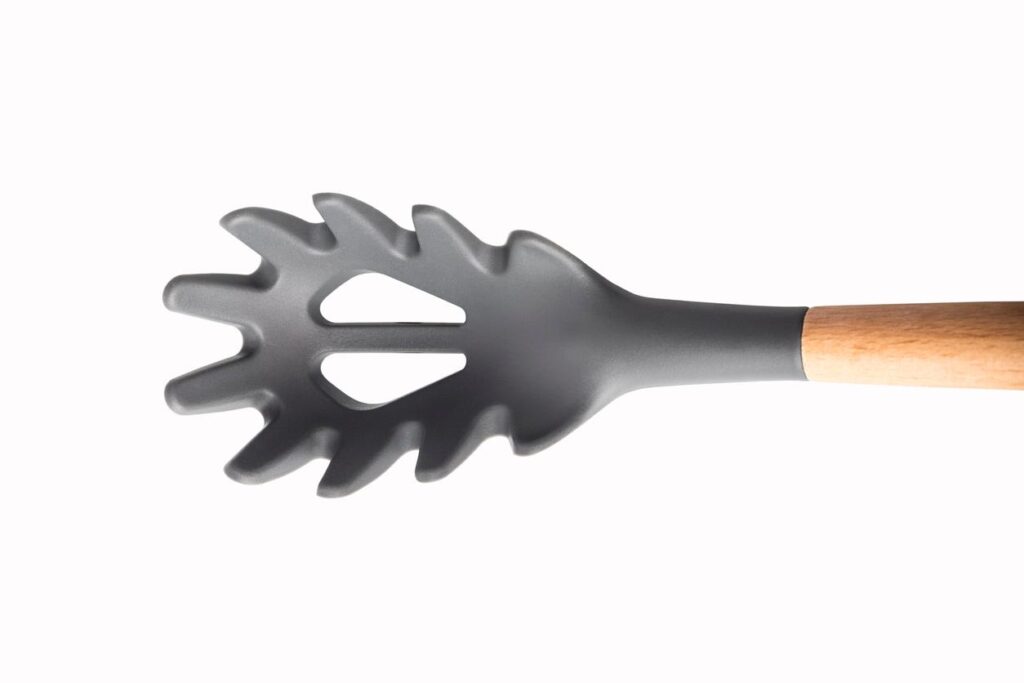
That hole in the center of your spaghetti or pasta serving spoon isn’t just for draining water more efficiently. It’s true, the clever purpose is to act as a portion control tool! The diameter of the hole is carefully calculated to represent the approximate volume of dry spaghetti noodles required for a standard single serving. This feature was designed to help people avoid over-boiling or under-boiling pasta, providing a simple, quick way to measure out a meal without needing a scale.
2. The Tiny Pocket on Jeans is for a Pocket Watch

While you might think that extra miniature pocket on your denim jeans is for tiny items like coins or keys, its original design dates back to the first pair of Levi’s in 1873. It was officially called the “watch pocket” and was intended to hold a cowboy’s pocket watch. The durable denim provided a secure and easily accessible place to keep the valuable timepiece, protecting it from getting scratched or lost during rough work.
3. The Bumps on the F and J Keys Are for Touch Typing
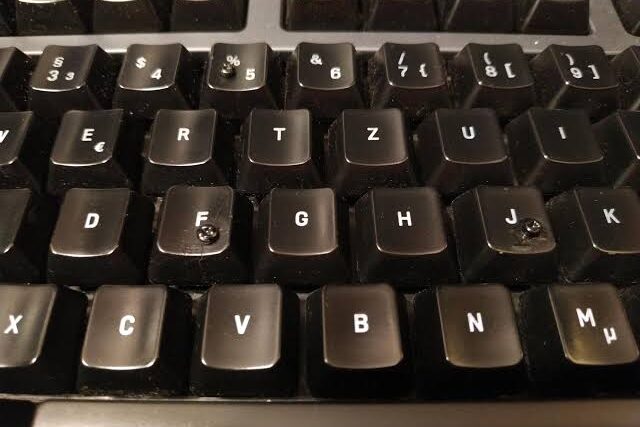
Look closely at your computer keyboard and you’ll notice small, raised bumps or ridges on the ‘F’ and ‘J’ keys. These aren’t defects; they’re reference points designed to help you locate the correct home row position without having to look down. Placing your index fingers on these keys allows your other fingers to naturally rest on the middle row, enabling proper touch typing technique. This feature is a game-changer for speed and efficiency, and it is also essential for those who are visually impaired.
4. The Hole in a Pen Cap is a Life-Saving Safety Feature
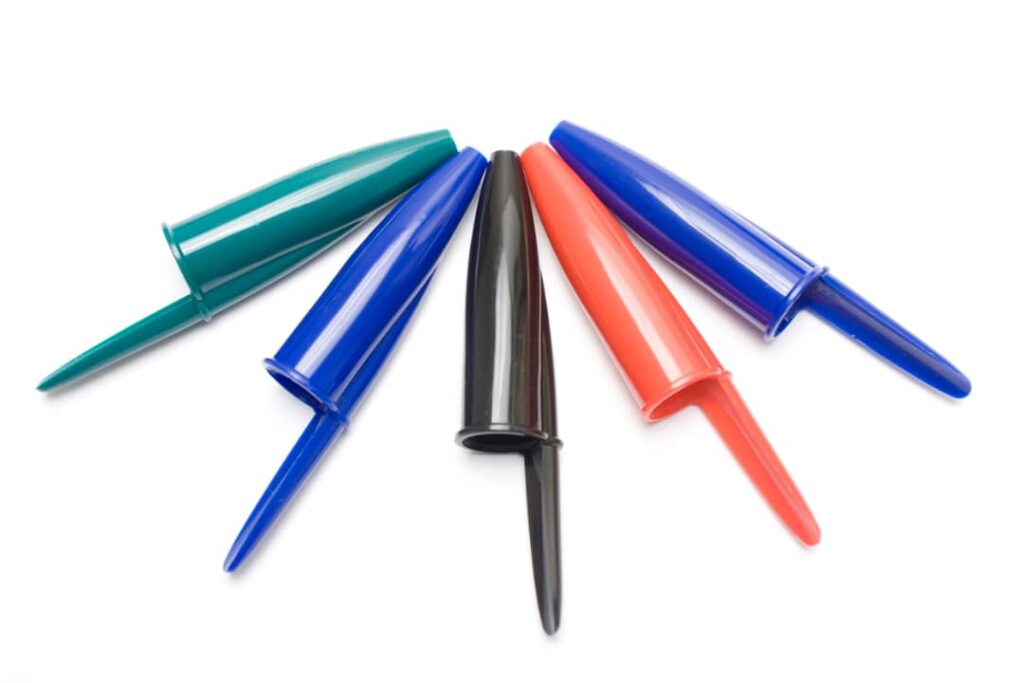
Almost every popular ballpoint pen cap has a hole at the top, and while some believe it’s to prevent the pen from drying out (which is incorrect), the real reason is a matter of safety. The hole is a design feature meant to allow air to pass through if a cap is accidentally swallowed. This is especially important for children, who are prone to putting small objects in their mouths. By allowing airflow, the hole significantly reduces the risk of suffocation if the cap becomes lodged in the windpipe.
5. The Arrow on Your Car’s Gas Gauge Points to the Filler Door
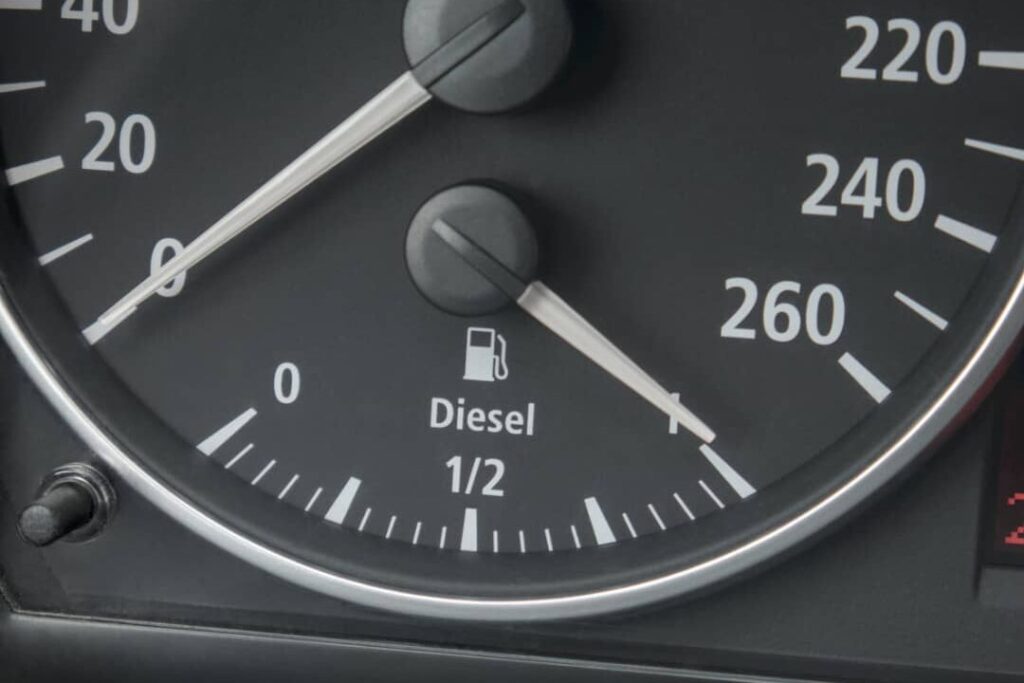
Have you ever pulled up to a gas pump in a rental car or a friend’s vehicle and had to crane your neck to remember which side the fuel filler door is on? Many modern cars include a small, often overlooked arrow located right next to the gas pump icon on the fuel gauge. This arrow is a simple, brilliant piece of design that points directly to the side of the car where the filler door is located, saving you a moment of confusion and potential embarrassment.
6. The Ridges on Bobby Pins Should Face Inward

If you’ve been wearing bobby pins with the straight, flat side against your scalp, you’ve been missing out on their best grip! The wavy, ridged side is intentionally designed to face inward, towards the scalp. The small grooves and texture create a better surface area for hair to pass through, effectively gripping the strands and holding the hairstyle much more securely. The flat side, meanwhile, is meant to rest on top for a smoother, less noticeable look.
7. Margins on Notebook Paper Protected Notes from Rodents
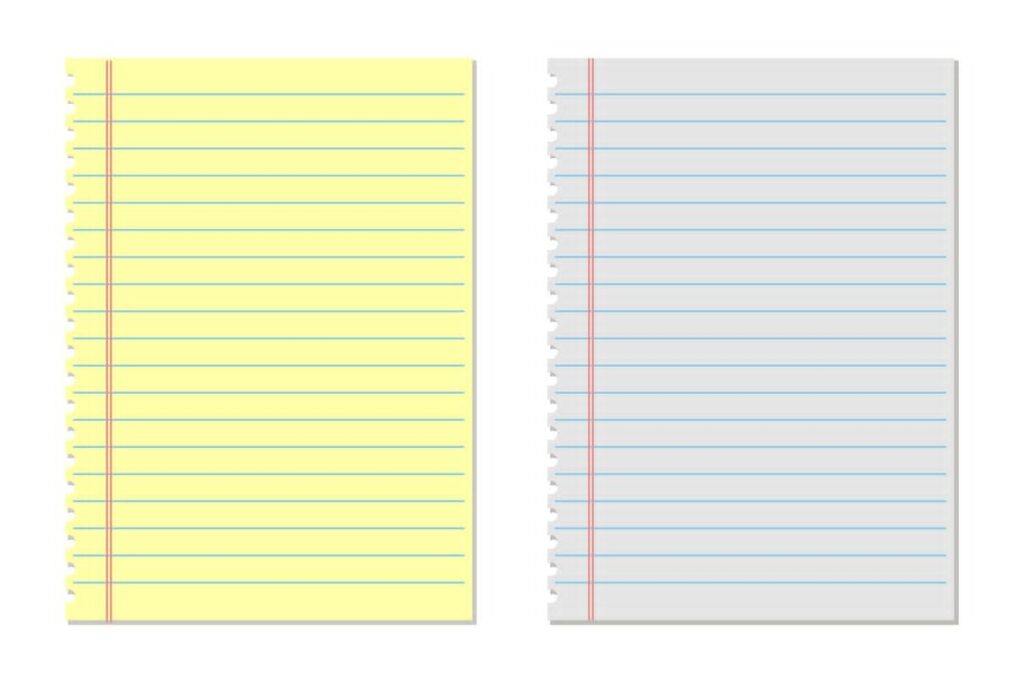
Today, margins on notebook paper are used for professors’ comments or for students to write notes and headings, but their original purpose was far more practical and slightly shocking. Before modern homes and storage, paper was often vulnerable to damage from rats and mice. These pests would often nibble on the edges of the pages, so the large margins were created to ensure that any important text written closer to the center of the paper would survive a rodent attack.
8. The Diamond Patch on Backpacks is a ‘Lash Tab’
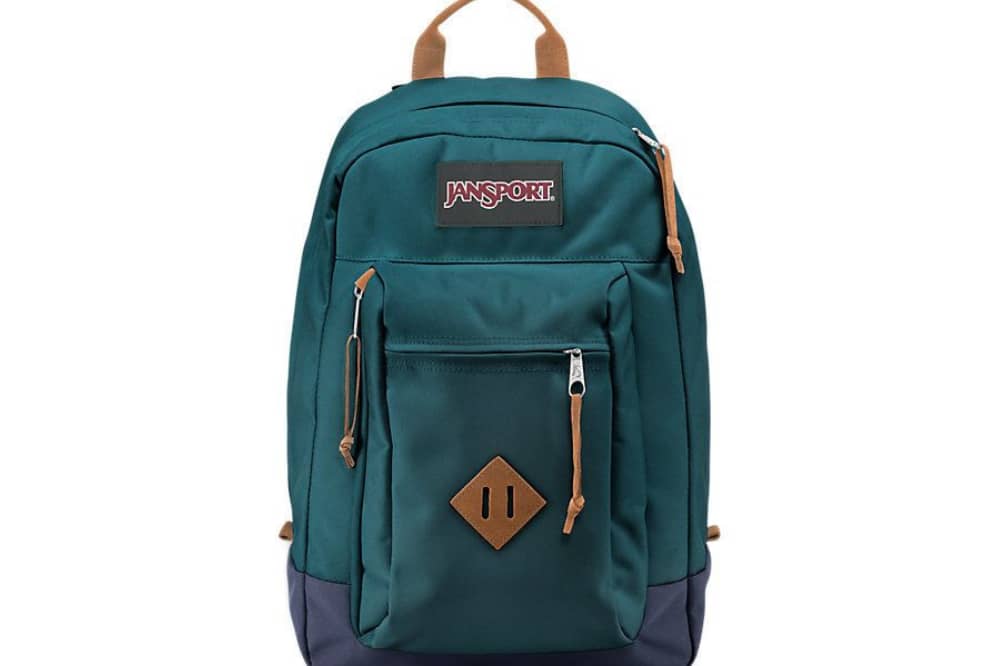
That small, leather or plastic diamond-shaped patch, often with two slits in it, is known as a “lash tab” or “pig snout.” It’s not just a decoration; it’s a piece of outdoor gear history. Its purpose is to allow you to loop or “lash” extra equipment to the outside of your backpack. You can thread a strap or carabiner through the holes to attach hiking boots, water bottles, or other cumbersome gear, keeping the items easily accessible and the contents of the bag less crowded.
9. The Metal Plate on a Tape Measure Hooks onto Surfaces

Many people use a measuring tape by holding the metal hook at the end against a surface, but the end-piece is much more functional than just a hook. It has a small slot that can securely catch onto the head of a nail or screw, holding the tape in place when you’re measuring alone. Furthermore, the jagged edge on some tape measures allows you to score a line on a surface without a pencil, and the width of the metal housing is often printed on the side to help measure internal dimensions accurately.
10. The Perforated Tabs on Aluminum Foil Boxes Lock the Roll
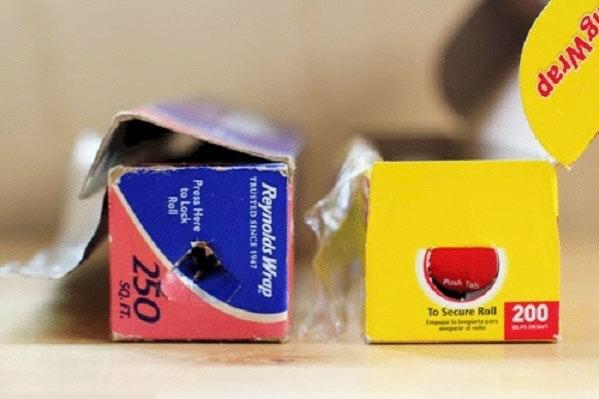
If you’ve ever had the entire roll of aluminum foil or plastic wrap pop out of the box when you tried to tear a piece, you’ll appreciate this hidden feature. On the short ends of most boxes, you can find small, perforated or pre-cut rectangular tabs. When you press these tabs inward, they punch through the cardboard and act as a locking mechanism, gripping the ends of the roll’s cardboard tube and keeping it securely in place as you pull and tear off a sheet.
11. The Flaps on Takeout Boxes Unfold into a Plate

Chinese food takeout containers, particularly the oyster pail style boxes with wire handles, are ingeniously designed to transform into temporary plates. By carefully unfolding the flaps and unhinging the container from its glued corners, the entire box flattens out into a square-shaped plate. This functionality allows you to easily share or serve the food without needing to find a separate dish, and it minimizes the need for extra dishwashing.
12. The Small Hole on Airplane Windows Stabilizes Cabin Pressure
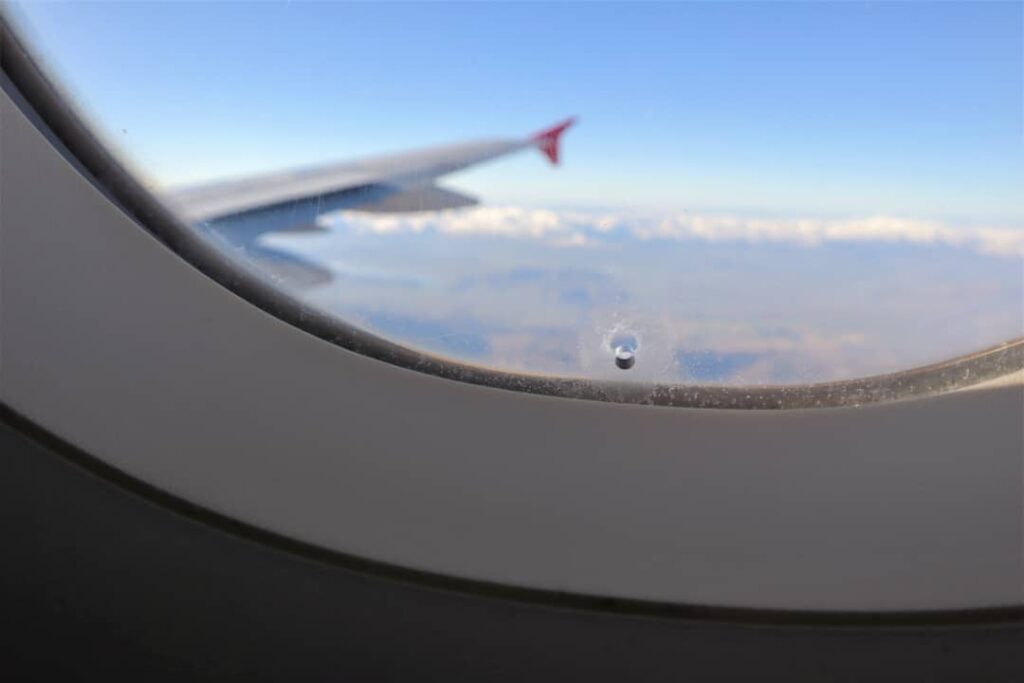
The tiny hole located on the bottom of the inner pane of an airplane’s double- or triple-paned windows is called a “bleed hole” or “breather hole.” It serves a critical engineering function related to cabin pressurization. Its purpose is to balance the air pressure between the window panes, ensuring that the middle and outer panes bear the majority of the pressure differential between the pressurized cabin and the thin air outside. It also prevents condensation from building up between the layers, maintaining a clear view.
13. The Serrated Edge on a Box of Wax Paper Can Cut More Than Just Paper

The metal or plastic serrated strip found on boxes of plastic wrap, wax paper, and aluminum foil is there to help you tear off a clean piece. However, if you’re struggling to cut soft items like rolls of cookie dough or even a soft cake, you can carefully use this strip as an impromptu cutting edge. Hold the item against the serrated edge and use a back-and-forth motion, often resulting in a surprisingly clean slice without needing to dirty a knife.
14. The Hole in the Soda Can Tab is a Straw Holder

The small, rotating tab used to open a can of soda or carbonated drink has a secondary, oft-ignored function. After opening the can, you can swivel the tab around so that the hole in its center sits directly over the can’s opening. This hole is perfectly sized to insert a drinking straw. The tab acts as a makeshift holder, keeping the straw anchored in place and preventing it from floating up and out of the can due to the carbonation.
It’s fascinating to realize how much thoughtful design goes into the things we barely give a second glance. The world around us is filled with these small, quiet strokes of genius, turning simple objects into things far more useful than we ever imagined. The next time you use one of these items, take a moment to appreciate the cleverness hiding in plain sight!
Like this story? Add your thoughts in the comments, thank you.
This story 14 Hidden Features on Everyday Objects You’re Using Wrong was first published on Daily FETCH


